Let’s take off today with the very appropriately named Propeller plant (Crassula falcata). It is also sometimes called a airplane plant and you will be able to tell because its propeller-shaped leaves!
This is one of the few succulents that thrive when grown indoors! It looks great in any room, but be sure to place the succulent plant near a sunny window. Even if you forget to water it, that’s okay! It needs less watering than most succulents!
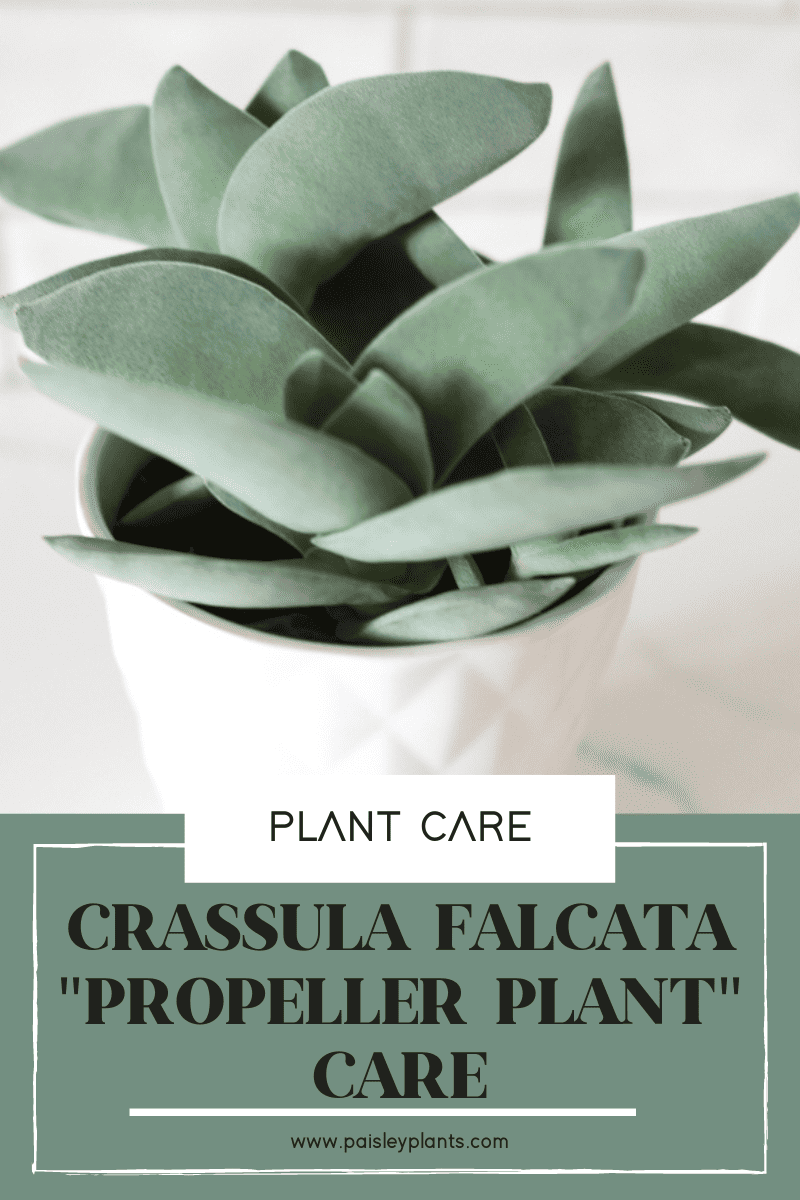
This post includes affiliate links.
Table of Contents
Crassula falcata “Propeller Plant” Background
This beautiful succulent has the proper scientific name of Crassula perfoliata var, but also goes by the name Scarlet paintbrush. It is native to the Cape of Good Hope, South Africa.
The shape of the leaves and the angle they grow at give them their common names. This plant is also known for its dense cluster of flowers, but it will only flower under certain growing conditions.
The leaves on this plant are a green-gray color and grow in a twisted pattern of opposite pairs, arranged in an overlapping pattern. They grow at slight angles, which makes them look like propellers.
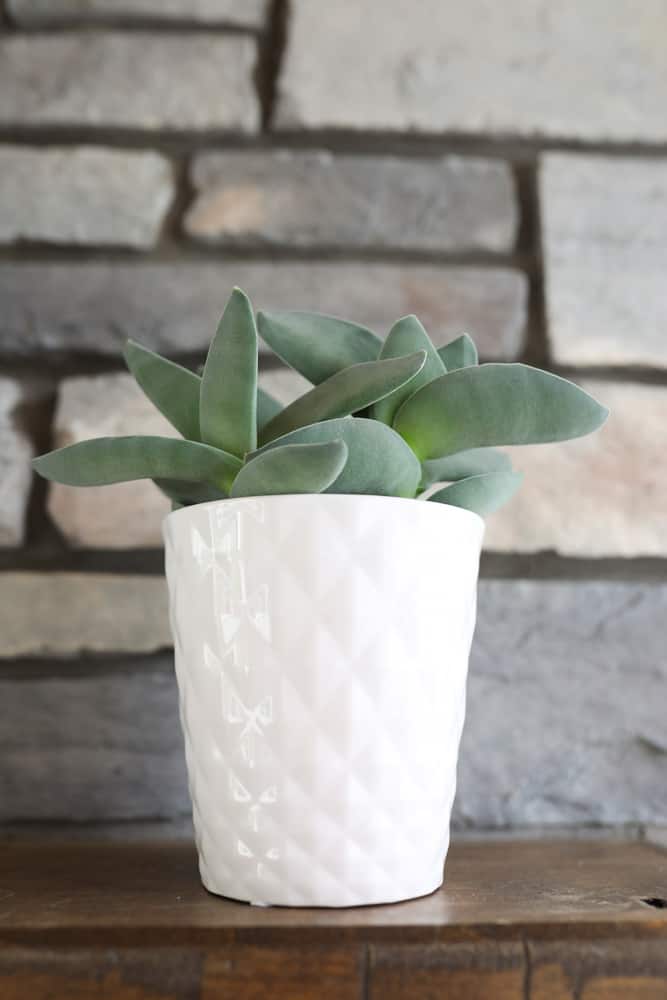
Toxicity
There is conflicting information as to whether the Propeller plant is toxic to either animals or humans. It’s not listed on the ASPCA website however the Jade plant which is another Crassula plant (Crassula argentea) is.
Due to this, I would suggest that you keep your Propeller plant away from both your pets and your small children. This will prevent any problems with toxicity if the plant is ingested.
Care Tips for Propeller Plant
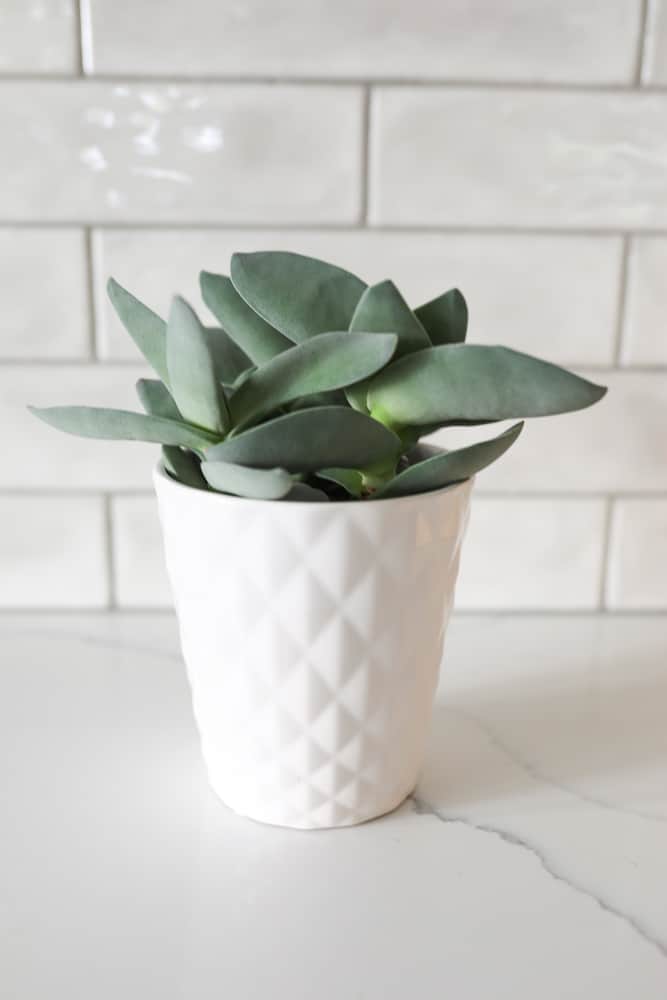
This post includes affiliate links.
Water
You should use the “soak and dry” method of watering for your Propeller plant. Only water it when the soil looks or feels very dry. Keeping to a regular watering schedule will ensure your plant is happy!
Remember to not let your plant sit in water. It should be soaked thoroughly, but then be sure the water drains properly through the soil and doesn’t remain in the pot.
Root rot can occur if you allow your plant to sit in water for a long time. Rotting roots are the best way to kill your plant! Always be sure your pot has a drainage hole so excess water can flow out.
Light
You will need to have your plant in at least four to six hours of sunlight each day. Be sure it’s bright, indirect light either in the morning or afternoon sunlight.
This plant can adapt to full sun or partial shade. Keep an eye on it if it does get direct sunlight that it’s not scorching your plant’s leaves, especially during the growing season when the sun is strong.
Also, be sure to regularly rotate your indoor plant so it receives equal light on all sides for even growth. You don’t want a lopsided plant! You can also use a grow light if you don’t have sufficient light in your house.
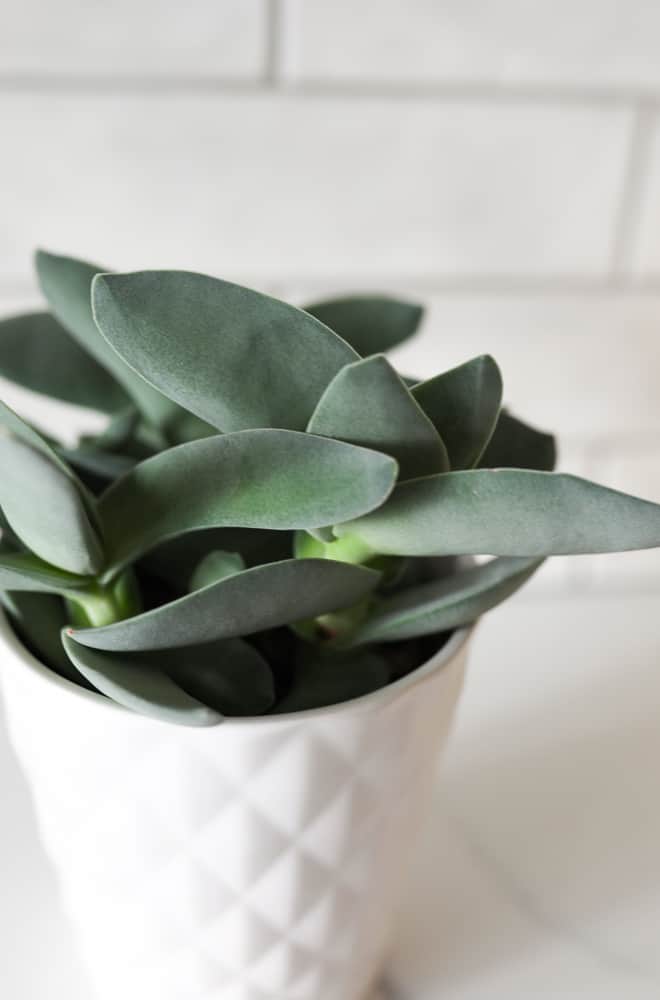
Soil
The best soil to use for your Propeller plant will be one that is rich in organic matter that is loose and free-draining to prevent it from getting soggy. You can amend regular potting mix with perlite or sand to make the perfect mix for your plant.
One important thing is to always use fresh soil when repotting your plant. The soil provides nutrients to the plant and will lose these after it has been used for any period of time.
Fertilizer
You can begin fertilizing your plan in early spring. You will want to use a diluted liquid fertilizer about once per month during the summer months. This will encourage growth and keep your plant happy. It is also not considered a heavy feeder.
These plants rarely grow above 18” in height and are considered to be slow growers. You’re going to find that they won’t grow out of control as some other plants tend to do.
Temperature and Humidity
The optimum temperature for the Propeller plant should be roughly between 60 and 80 degrees F. The minimum temperature it can survive in is 50 degrees F. Anything below that can be harmful to your plant.
Be sure to keep it away from cold drafts like near windy doors or windows as this can cause brown leaf spots. These plants tend to go dormant during the winter months.
Average household humidity should be sufficient for the Propeller plant.
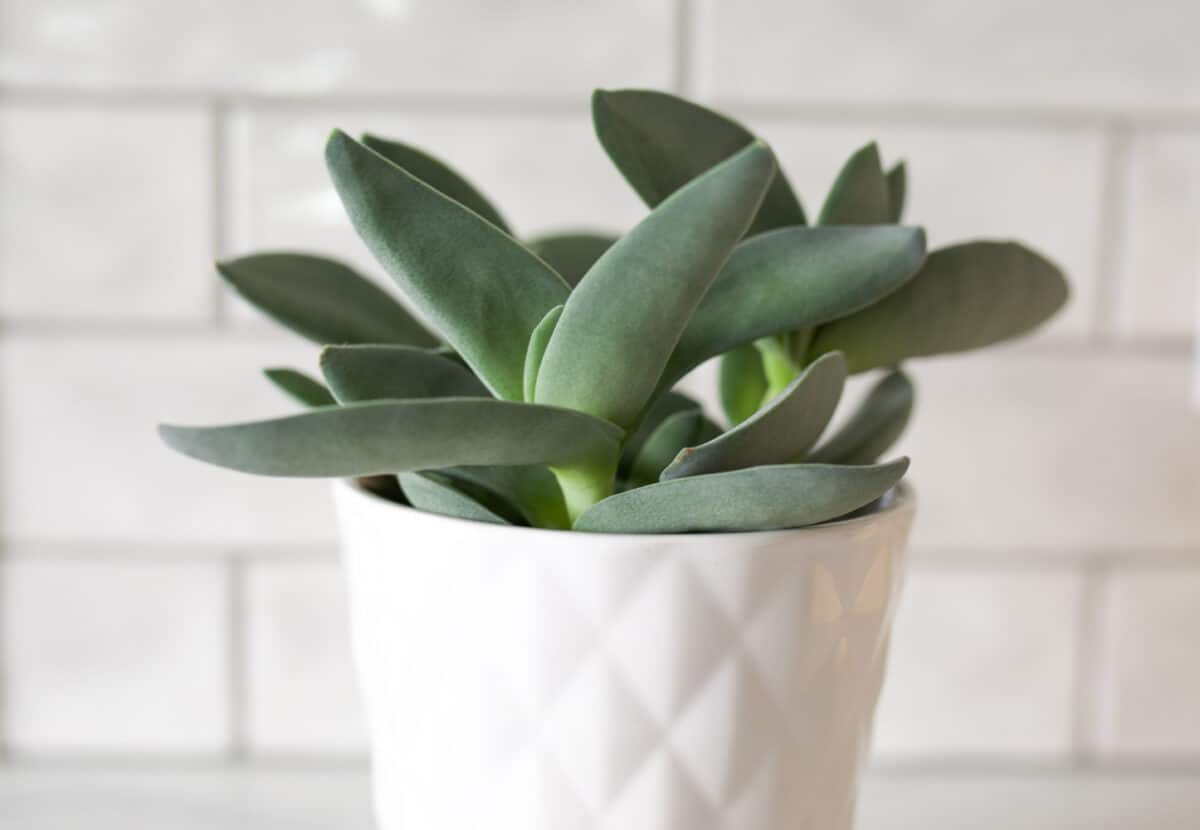
Pests and Diseases
The most common pests for Propeller plants are mealy bugs and spider mites. The mealybugs will show up as tiny white insects that look like cotton on your plant. You can treat this by using a Q-tip dipped in rubbing alcohol and wiping the leaves clean.
If you have spider mites, you will be able to see tiny spider webs visible under the leaves. Be sure to isolate your plant away from your other plants so the infestation doesn’t spread. This can be treated with insecticidal soap or neem oil.
Clean the leaves regularly with a damp, soft cloth so that they can be rid of dust and discourage pest infestations. This will also help the photosynthesis, which is a natural process of growth for the plant.
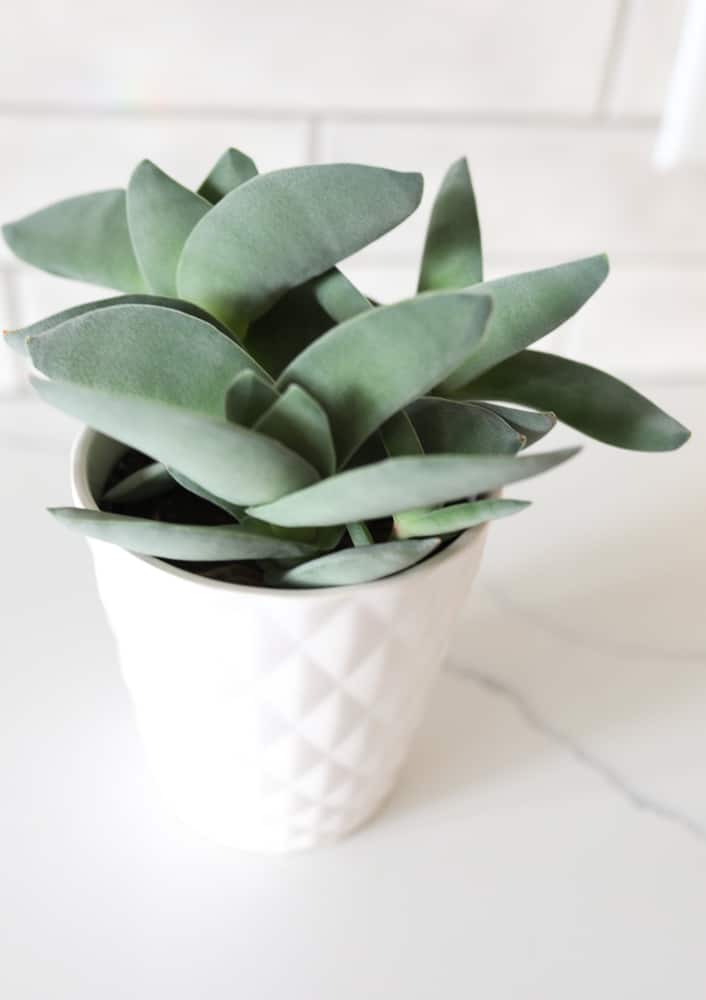
Pruning and Repotting
When you decide to prune your Propeller plant, you will want to use either a sharp knife or sharp scissors to do this. You will need to cut stem cuttings from the main stem of the plant or at the base of the plant.
If you want to propagate your leaf cuttings, allow it to dry for several days before placing it in well-draining soil.
You will also want to wait at least a day or two to water this new plant. When you do water it, remember to use the “soak and dry” method. This plant is one that does not need a ton of water to keep alive. It will thrive even if you forget to water it sometimes!
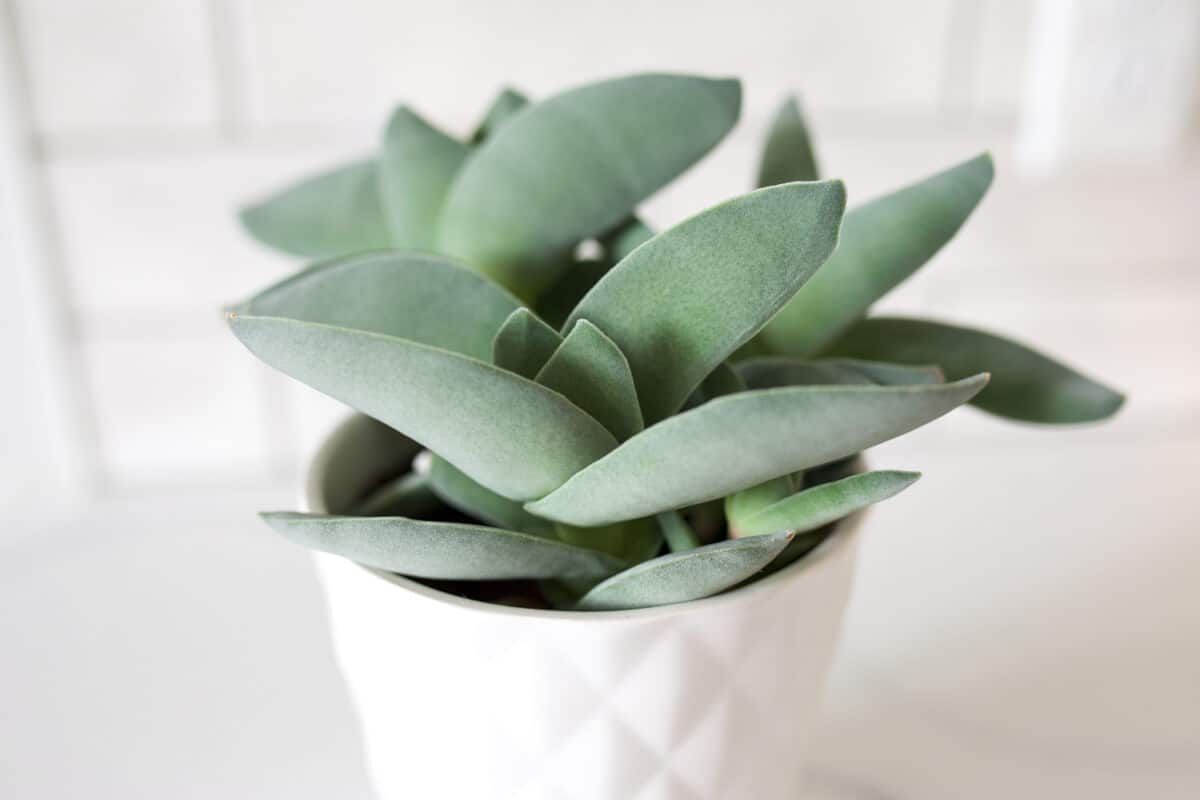
Common Problems
The most common problem for a Propeller plant is overwatering. This can happen when you water the plant too often, don’t have it planted in a pot with proper drainage, or when using inappropriate soil.
If you overwater, you will start to notice that the leaves of the plant become wilted. This may indicate that there is standing water in the bottom of the pot and the roots are rotting. Always be sure to check your plant to be sure there is no standing water in the pot!
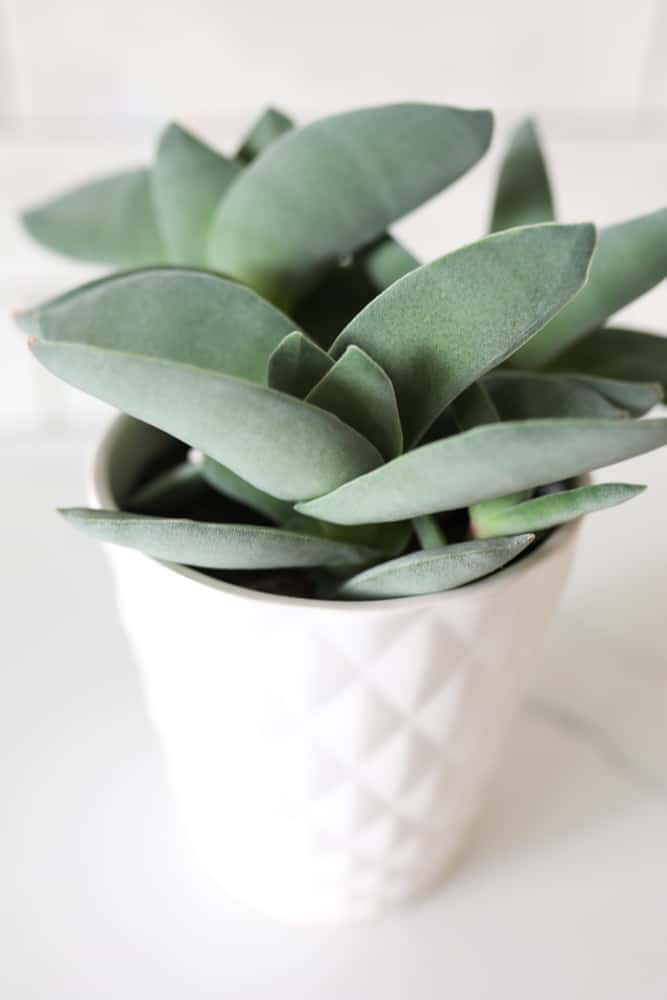
FAQs
You need to be sure to place your plant in a bright light setting to get it to bloom. It needs a lot of bright light! At least 4-6 hours per day and it should also be at a regular room temperature.
Most likely the main reason your plant is dying is from overwatering. When watering, ensure it does not sit in water for an extended period of time. Root rot will occur if your plant sits in water. Be sure your pot has good drainage to prevent this from happening and only water with just enough water to hydrate your plant.
The most common size for a Crassula falcata is 9 to 12 inches tall. They’re a slow grower will usually grow about 12 inches wide. Some very mature plants can grow as tall as two feet. This may cause the stems to flop over the edge of the pot.
In Conclusion
This beautiful succulent is one of the more unique of the species. It does not require as much care as some of the other succulents, but presents with a really cool look due to its specially shaped leaves.
If you are able to get ahold of one of these beauties, I would say you should! If you can get it to bloom, that would be even better! Every plant you add to your collection inspires others and also is a great way to beautify your home or office space! As always, keep on growing!
